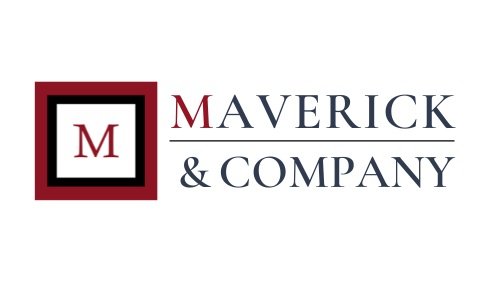Better Meetings: Three Ways to Run More Efficient and Productive Meetings
Want better, more productive meetings where you get more done with less brain damage?
When you apply process science and some tricks from human behavior you get three really smart ways to make meetings a whole lot better.
1) OBJECTIVES not Agendas
Agendas are valuable when they 1) Help people prepare by giving them a chance to review documents, gather data, or get ready for a discussion. Almost no one does this.
2) Shrink the list of topics to discuss. If you have one person send an email, gather topics, compile an agenda and send it to the group without editing it, you’re better off taking the first two minutes to just whiteboard out the topics. Smart leaders use agendas to prioritize and focus group efforts. Almost no one does this either.
Instead of investing in agendas, work on defining your OBJECTIVE. Figure out, and write down, what the point of having the meeting is. Why are you calling people away from their work? What needs to be produced or achieved? What’s the OBJECTIVE?
A clear objective helps you focus, prioritize and get the result you really need. A few examples:
We hold a regular staff meeting in order to share critical information, victories, and changes with the senior leadership team on important projects and to efficiently coordinate shared resources for the following two weeks.
Project update meetings exist to provide top level updates to the entire team, identify upcoming challenges and problem solve to avoid/mitigate them, and to find ways to accelerate results and improve quality on each project every two weeks.
Our weekly sales meeting is the time we celebrate great effort and results, share best practices, inspire healthy competition, provide short technical training and energize each rep and the team for the next week.
Clear objectives help tell you what there is to actually do and know whether or not you’re getting it done. The more specific you can be, the better your meeting will become.
2) Train people to REPORT.
Sharing information is one of the easiest places for a meeting to go horribly wrong. When people give updates they tend to ramble because they are unprepared, there is no format, and often because they’re trying to tell a story to justify some kind of failure they’re embarrassed about or scared to admit to.
Speed up the process so you can spend more time in useful discussions. The standard reporting technique I use with teams takes about 2 minutes per person/project. They prepare in advance to share three things: Victories, Problems/Challenges/Delays, and anything they need to Coordinate or Get Help to complete.
We use a simple set of tools to keep track of major work projects and other important data. Team members update their tools and review the team’s in advance.
The result is that you skip the part that usually takes up most of your meeting time: figuring out what is happening. When you share tools and report efficiently, it takes very little time to get everyone lopped in. Which means everyone can spend that time problem solving, working on new stuff or getting back to work.
It is RARE to find a team that is efficient about sharing information. Even if you can’t implement the whole solution (with data sharing tools) just training your people to come prepared to report, clearly and efficiently, can make the average meeting dramatically less bad.
3) Push for DECISIONS.
Even small decisions involve risk. We risk being wrong, looking bad, making the wrong call and shutting down other options.
In groups pushing for a decision means sometimes making people uncomfortable. It can mean upsetting people when their favored path isn’t chosen. People sometimes get upset when they’re told no.
For many people, and definitely for many groups, it’s just more comfortable to keep talking, even though that too can be painful.
Pushing for decisions is done well when you give people space to have a real, and robust discussion. Dig for concerns. Ask what the best and worst case scenarios are. Define multiple options. Get data AND listen to your gut.
But listen for the moment when people are recycling old comments. If there’s an objection that hasn’t been voiced, get it on the table. But if the only thing left to do is decide, resist the urge to keep talking or thinking. Make the call and then ask people to get on board and get to work.
Great meetings, like most good results, do not happen by accident. Don’t just have a meeting. RUN yours to be intentional, productive, enjoyable and efficient.
Alecia Huck is the founder of MAVERICK & Company, a management consultant, sought-after speaker and author. She helps frustrated owners build strong leadership teams and processes so they can spend less time fighting fires and more time building what matters.
Follow her on LinkedIn for short videos, smart articles and more.



